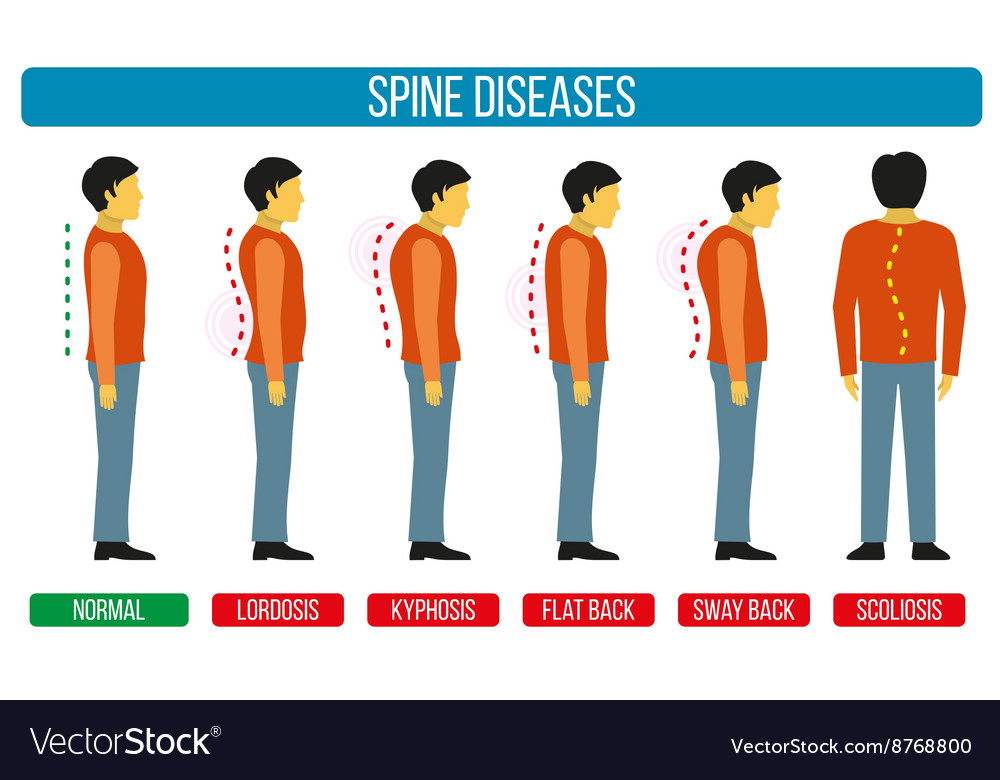The Scientific Description Of Cold Laser Treatment: Its Performance And Efficiency
The Scientific Description Of Cold Laser Treatment: Its Performance And Efficiency
Blog Article
Authored By- laser skin tightening fairfield county
When thinking about the scientific research behind cold laser treatment, you could be intrigued by exactly how a non-invasive treatment can generate such encouraging results for various problems. The system behind its effectiveness depends on its ability to target cells and promote physiological feedbacks that promote healing and pain relief. Recognizing the elaborate cellular results and professional end results of cold laser treatment can shed light on its expanding popularity among medical care specialists and clients alike.
Device of Action
Discovering the device of action behind cold laser therapy reveals how this therapy technique communicates with the body to advertise healing. When the cold laser is put on the skin, it penetrates the layers and is soaked up by light-sensitive particles within the cell. This absorption causes a collection of organic responses that result in boosted mobile energy manufacturing. As https://www.healthline.com/health/hidradenitis-suppurativa/laser-hair-removal-for-hidradenitis-suppurativa-how-does-it-work , the cells have a lot more energy to repair and restore, increasing the healing procedure.
https://neck-pain-after-minor-car83727.blog2news.com/30821761/discover-the-cutting-edge-advantages-of-light-therapy-with-cool-lasers-for-a-sneak-peek-right-into-the-future-of-discomfort-management-and-recovery helps to decrease inflammation by reducing swelling and enhancing circulation in the targeted location. By boosting the release of endorphins, which are the body's all-natural pain relievers, cold laser therapy can properly relieve discomfort and discomfort. In addition, it enhances tissue oxygenation and nutrient distribution, important for optimum recovery.
In addition to these benefits, cold laser therapy has been discovered to promote the production of collagen, a protein vital for cells fixing and regeneration. This boost in collagen manufacturing can boost the total strength and flexibility of the tissues, even more supporting the healing procedure.
Cellular Impacts
The mobile results of cold laser therapy show up via boosted energy production and improved mobile repair mechanisms. When the cold laser light permeates the skin and reaches the targeted cells, it stimulates the mitochondria, the giant of the cell, to produce even more adenosine triphosphate (ATP).
This rise in ATP gives cells with the energy they require to execute various features, such as repairing damages and reducing inflammation.
In addition, cold laser therapy triggers a waterfall of biochemical responses within the cells that advertise healing and regeneration. By enhancing cellular repair work mechanisms, the treatment increases tissue recovery and reduces recuperation time from injuries or specific conditions.
This process also aids to boost blood flow to the treated location, generating even more oxygen and nutrients necessary for mobile repair work.
Scientific Efficacy
Cold laser therapy has demonstrated its scientific effectiveness in different clinical applications, showcasing its performance in advertising healing and decreasing recovery times. This non-invasive therapy has been discovered helpful in increasing cells repair, lowering inflammation, and relieving discomfort. Research has actually revealed that cold laser therapy can enhance the recovery procedure by advertising the manufacturing of adenosine triphosphate (ATP) in cells, which is vital for cellular function and regrowth.
In medical studies, cold laser therapy has shown to be reliable in treating problems such as tendonitis, joint inflammation, carpal tunnel syndrome, and sports injuries. People undertaking cold laser treatment have reported significant discomfort decrease, improved variety of activity, and faster healing contrasted to conventional therapies.
The targeted application of low-level laser light passes through deep into cells, promoting organic processes at a cellular degree without causing any type of discomfort or side effects.
Conclusion
In conclusion, cold laser therapy functions by promoting cellular energy manufacturing to advertise healing and decrease pain.
By targeting the root cause of swelling and injury at a cellular degree, this non-invasive therapy has actually shown to be reliable in boosting blood circulation, speeding up tissue fixing, and giving relief for a selection of conditions.
Its capacity to enhance natural recovery devices makes cold laser therapy a valuable option for people seeking a risk-free and effective means to manage their pain and recover their injuries.
